Most well-thought-out drawings, even at the most basic level, always begin with the powerful persuasion of line.

|
| Artwork by Christy Olsen |
Definition of Line
LINE noun. A long, narrow mark on a surface.
In geometry, a line is anything formed by connecting two points. In the Visual Arts, a one-dimensional mark on a surface is created by "mark-making."
Lines as Communication
In the visual arts, 'line' is the most basic form of communication. Lines may also enhance the mood, invoke feelings, or stir an emotional response from the viewer.
Depending on our tools, we can create lines that make an object feel sharp, jagged, man-made, graceful, smooth, or organic. For Example, perfectly straight lines feel artificial or man-made, whereas squiggles feel more organic.

|
| Falling Tree |
A diagonal line expresses action, movement, or motion. It can be perceived as either rising or falling and is dynamic. Think of a forest. Right before it hits the ground, a falling tree can be communicated a diagonal among a sea of other trees, the vertical straight lines.
Diagonals are emotionally "active," meaning they engage the viewer by representing a freeze-frame of motion that has occurred or is about to happen. In contrast, a horizontal line is emotionally "passive." It puts the viewer at ease and suggests a lack of motion, stillness, or even a sense of order. Think of the horizon of a sunset or a figure lying down.
Characteristics of Line
Direction - Horizontal, vertical, diagonal, radial, curved, squiggly, implied, or psychic.
Length - Long, short, continuous, or broken
Width - Thick, thin, uneven, or tapered
Quality - Comes from how we draw the line, i.e., gestural, quickly, confidently, or carefully; robust and bold mark vs. weak mark, dark, highly contrasted mark vs. light or little contrast mark.
Focus comes from edges, which can be sharp, firm, soft, or lost. Note that we often perceive natural lines as changes in color, value, or edges.
Line Types
There are many line types, they include the follow.
|
CONTINUOUSIt is a solid line that may lead the eye in certain directions. WIDTHThe thickness of the line
|
|
VERTICALStraight from up to down
|
|
DIAGONALSlanted or Angled
|
|
CURVED OR PARABOLANot straight, organic, or natural
|
|
SEMI-CIRCLE OR ARCCurved with a consistent radius
|
|
BROKENA line that is not continuous or missing pieces. IMPLIEDA series of points or marks that the eye automatically follows or the brain connects together; a line of dots or dashes.
|
|
PSYCHICAn invisible line runs from one element to another; our eyes follow it, creating a "line" in our mind's eye.
|
|
CREATIONHow the line is made
SQUIGGLEA short line that irregularly curls & loops. JAGGEDIt is not a straight line but has angles or pointed elements.
|
Examples of Line in Design
Andrew Loomis, an illustrator from the 20th century, shows the best examples of this concept in his Creative Illustration Book.

|
| From the Creative Illustration Book by Andrew Loomis |
The Dot and the Line
Have you heard of The Dot and the Line: A Romance in Lower Mathematics? It was a short love story written in 1963, which became a film produced by MGM. This 10-minute animation shows multiple line types, and the narrator describes their emotional content. Look it up on YouTube!
Creating numerous varieties of lines and understanding how to manipulate them will enable you to use lines to your advantage when mastering the art of drawing. What types of lines are you using?
| Sponsored by the Art Verve Academy. Enroll in studio art classes for adults in Tucson, Arizona, at ArtVerveAcademy.com. |











